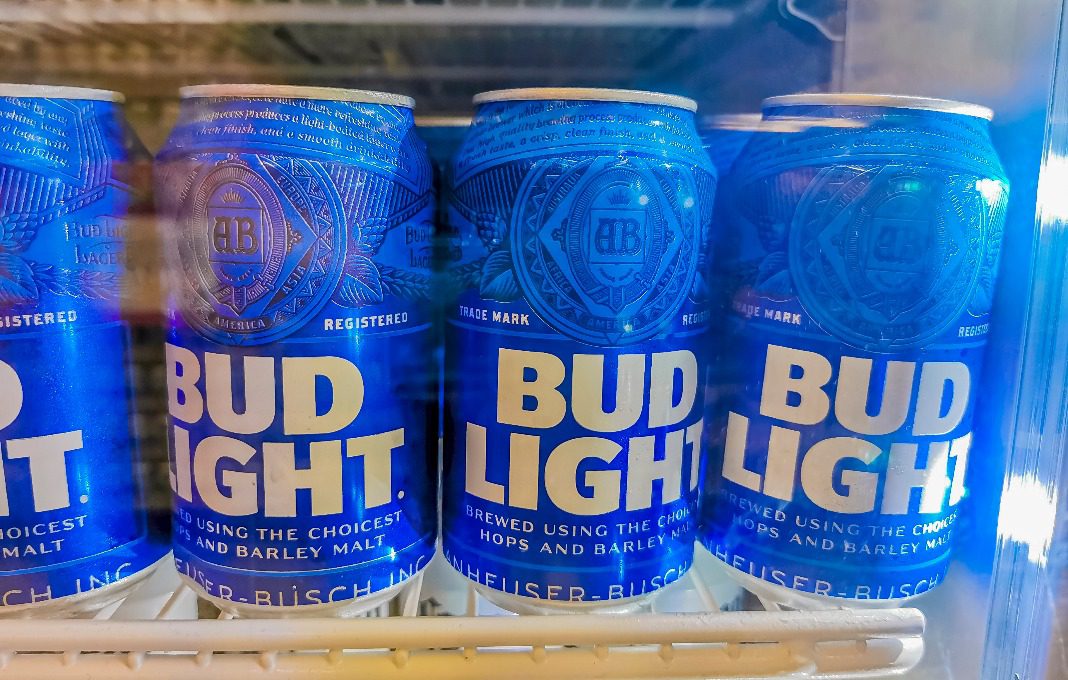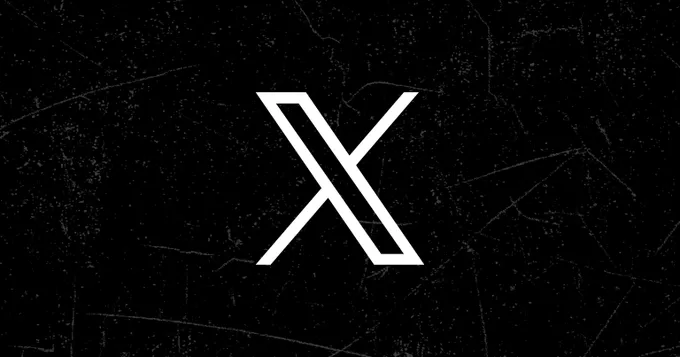“What could go wrong?” is a question that clearly was not asked enough in the Anheuser-Busch offices with their recent marketing campaign. While Budweiser will survive the financial and reputational backlash, many other brands might not.
Would yours?
The biggest error Budweiser made has nothing to do with ideology and everything to do with disregarding their customer base and challenging their sponsorship partners. It is a case study of costly missteps about customer awareness, marketing and communication that should be examined by leaders and boards. There is no denying that ESG pressures from investors, ratings and employees are high. The delicate balance comes in determining at what cost decisions are made.
It could not have surprised Budweiser that there would be backlash from such a radical departure from their historical ad campaigns. When expensive, highly visible sponsorships are at risk, as well as sales, customer loyalty and distribution channel partners, the potential effects must be fully thought through. This includes having a communication plan in place should the expected occur. Obviously this was not the case, and serves as an example for why other management teams and boards should examine their own brands for potential risks.
Let me connect some of what should have been more obvious dots.
Know your customers and your partners.
Bud Light is the “official beer” of the NFL. Football is arguably the most masculine sport. Ideological opinions aside, it should not have been a surprise that this spokesperson might not resonate with a sizable segment of the NFL audience. A new, more inclusive approach could easily have been market tested in advance, both with message and messenger.
The VP of Marketing in charge of this campaign wanted to “shake things up” amid sagging sales in recent years. (The company announced on Monday that this exec, Alissa Heinerscheid, is now taking a leave of absence.) Some reports state that younger executives are willing to sacrifice losing some clients to attract new ones. It is one thing to want to attract new customers, but unrealistic to replace many of the existing ones. With such a public partnership with the NFL, was this campaign a well considered decision, or one made in a silo?
Communication is a strategy, not an afterthought.
If Budweiser wanted this to make a statement, then they should have communicated it fully, but they did not. It’s apparent that management hoped any backlash would last only days, not a month. When this pressure finally compelled the CEO to speak out, it was with a bland, non-committal statement, which fell flat. Management lesson: Do not appear reactionary; say something substantial or nothing at all.
Perhaps with their NFL sponsorship and imminent Draft Day in focus, Budweiser immediately released a new patriotic ad featuring the iconic Clydesdale horses. No doubt this spot was pre-produced for a later release. This effort to change the conversation was largely met with a “too little too late” response.
There are reports that senior leadership levels did not know about this campaign. If that is the case, there are failures in management, communication and chain of command within the organization. These are certainly conversations that other boardrooms should be proactively having now.
Beware the ripple effect.
Unfortunately for Budweiser, the impact is felt far beyond the billions in lost market share, unhappy shareholders and bad publicity. Sales have declined about 10% since this occurred. The effect is seen at bars, liquor stores and stadiums, affecting their distributors and revenue, further fanning the initial backlash. If Bud Light was destined to be sold over sagging sales, this is not going to help boost the sale price.
It is easy to get blinded by the politics and emotion of issues and miss the economic implications of the situation. ESG pressures are real and the decisions made regarding them are significant. The responsibility for social data and outcomes are often spread across leadership roles. A situation like this indicates there should be more collaboration in the C-suite and at the board level to mitigate risks, and still achieve inclusivity goals.
Amid external headwinds, avoid internal unforced errors.
For over three years companies have faced a relentless series of headwinds which disrupt business results. Leaders have been telling me they don’t have enough of the right people in the right seats to execute on business goals. Do you know if your overworked teams, communication or management practices are leaving you vulnerable to costly mistakes? In time Budweiser will put this past them, but at what cost? What similar risks is your company exposed to as a result of your actions on ESG, brand, marketing and communication?
Questions to ask from this case study: Are you prepared if your customers quickly change buying habits? Are you listening and taking proactive steps to serve them in a volatile economy? Are decisions being made in dangerous silos or with disregard for their implications to economic and reputational outcomes?
In 2023, customer retention, listening, and loyalty will be critical to success because of the economic pressures customers of all types are feeling. This is no time to take them for granted, or to underestimate the revenue implications for a single customer-facing decision. These concerns should be discussed at the leadership and board level for all companies. One employee’s decision can create firestorms if they are made in a vacuum. Ask yourself, what (else) could go wrong?
























































![Key Metrics for Social Media Marketing [Infographic] Key Metrics for Social Media Marketing [Infographic]](https://www.socialmediatoday.com/imgproxy/nP1lliSbrTbUmhFV6RdAz9qJZFvsstq3IG6orLUMMls/g:ce/rs:fit:770:435/bG9jYWw6Ly8vZGl2ZWltYWdlL3NvY2lhbF9tZWRpYV9yb2lfaW5vZ3JhcGhpYzIucG5n.webp)


















